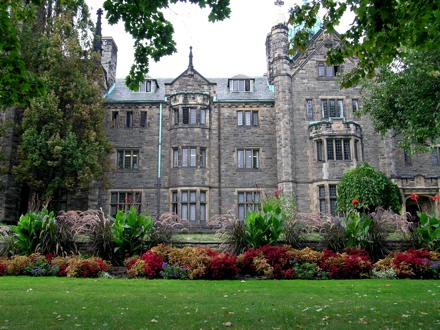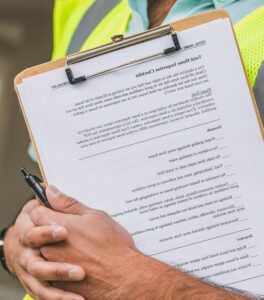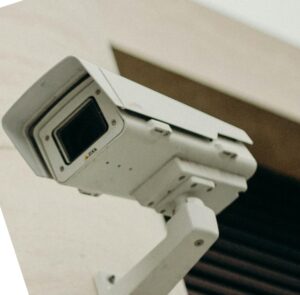There are two types of student loan debts. The first type is a government student loan. The second type is a private student loan. Most college and graduate students need to take loans for their schooling. The cost for a college education including tuition, books, and room and board at some schools can run over a quarter million for four years.
Even state schools can be prohibitive for most students. The pros of a college education are the ability to earn a living plus learning many new social skills such as learning to live with others and maybe even finding a spouse. The con is that most students graduate with a mountain of student loan debts.
Government vs bank backed student loans
Government loans are backed by the federal or state government. These loans usually don’t factor in the credit-worthiness of the applicant. They are mainly based on financial need rather than the ability to pay. As with every legal matter, there are some exceptions. Government loan programs often have more generous provisions than private loans.
Banks and other lenders also do give private loans to help students attend college. It used to be the case that private loans could be discharged in bankruptcy in the same way that any other unsecured debt like medical bills or credit card debt could be discharged.
That opportunity changed when the new Bankruptcy laws were passed in 2005. Now private student loans and government backed loans are treated similarly. Currently Senator Bernie Sanders is pushing to change that law and introduce the College For All Act which would give 4 year students free tuition.
To discharge student debt today, students need to prove financial hardship. Proving financial hardship is a tough task. The core requirement is that the applicant have a very low income. The Bankruptcy court will use a test called the Brunner test based on a case named after a Mr. Brunner. The test requires proof that the debtor:
- Can’t meet a minimal standard of living for himself/herself and any dependents if he/she also has to pay off the student loans.
- Has made good faith efforts to at least try to make the student loan payments.
There must be strong evidence that this lack of a minimal standard situation will last for a long time. Debtors have to formally ask for hardship relief. The Bankruptcy Court and Trustee will not apply hardship relief automatically.
Other tests for determining hardship include a Totality of the Circumstances test which looks at the debtor’s full income, asset and living situation. Some loans have special criteria before even a hardship showing can be used to eliminate them.
An experienced bankruptcy lawyer knows the tests and the specific loan criteria. Some courts discharge the whole debt. Others may just discharge part of the debt.
Directly attacking the loan
Sometimes the debtor may be able, with the help of legal counsel, to directly attack the loan. For example, some trade-school loan arrangements may be fraudulent or entered into through false representations. A good lawyer can often defeat these types of unscrupulous loans.
When student loan debt is the debtor’s only bill, it may be wise to try to avoid bankruptcy because, in most cases, the debt will have to be paid. One exception is that Chapter 13 can be used to help manage the student loan debt.
When the debtor has other financial obligations, then the student loan debt will be added to the debts the bankruptcy filer lists.
Options if the student can’t prove financial hardship
- Get a new loan at a lower interest rate. If the interest rate on the loans was very high, this is more likely with private loans, than government loans – the debtor may be able to refinance the loan with another company. This means getting a loan at a reduced interest, paying off the first loan with the money, and then paying the second loan over time.
- Ask for forbearance. Many government loans allow a debtor who can’t find work to ask for a delay of 6 months or more to stop making payments until the debtor can find new work.
- Sometimes other loans can be consolidated with the new debt.
- File a Chapter 13 and pay off the arrears over time and continue to pay the monthly payments.
In Chapter 13, debtors have a 3 to 5 year window, in which they can pay off any arrears.
For a debtor who can’t find enough work to pay off his/her student debts, Chapter 13 allows the debtor the ability to pay the arrears in much smaller monthly amounts. The regular student debt payment normally will be paid too.
After the 3 to 5 year window, depending on when the proposed plan expires, the debtor will be discharged from Bankruptcy. The balance of the debt will then be paid in monthly installments. Ideally, by eliminating the other unsecured debts and catching up on any secured obligations, the debtor will be able to focus on just the student loan debt instead of a lot of different debts.
Chapter 13 may also be used to manage the other non-student debts and just pay a little bit on the student loans during the 3 to 5 year window. After the Chapter 13 bankruptcy is done, the debtor does need to pay the balance over time including interest.
What happens after the Bankruptcy Discharge?
The loan lender can use all legal methods to try to collect the balance due. This includes getting a judgment, filing a wage garnishment or even go against your bank account. Debtors can still trey to refinance the loan to arrange for better terms.






Be First to Comment